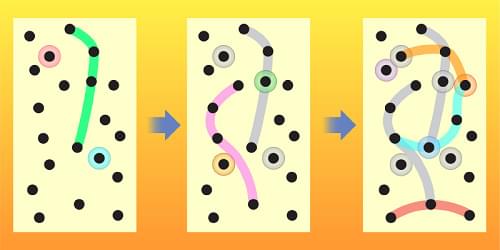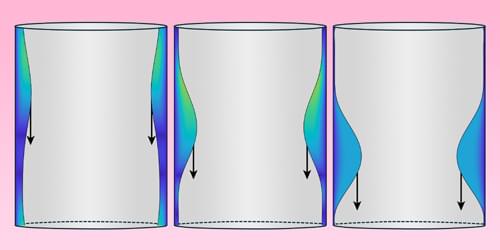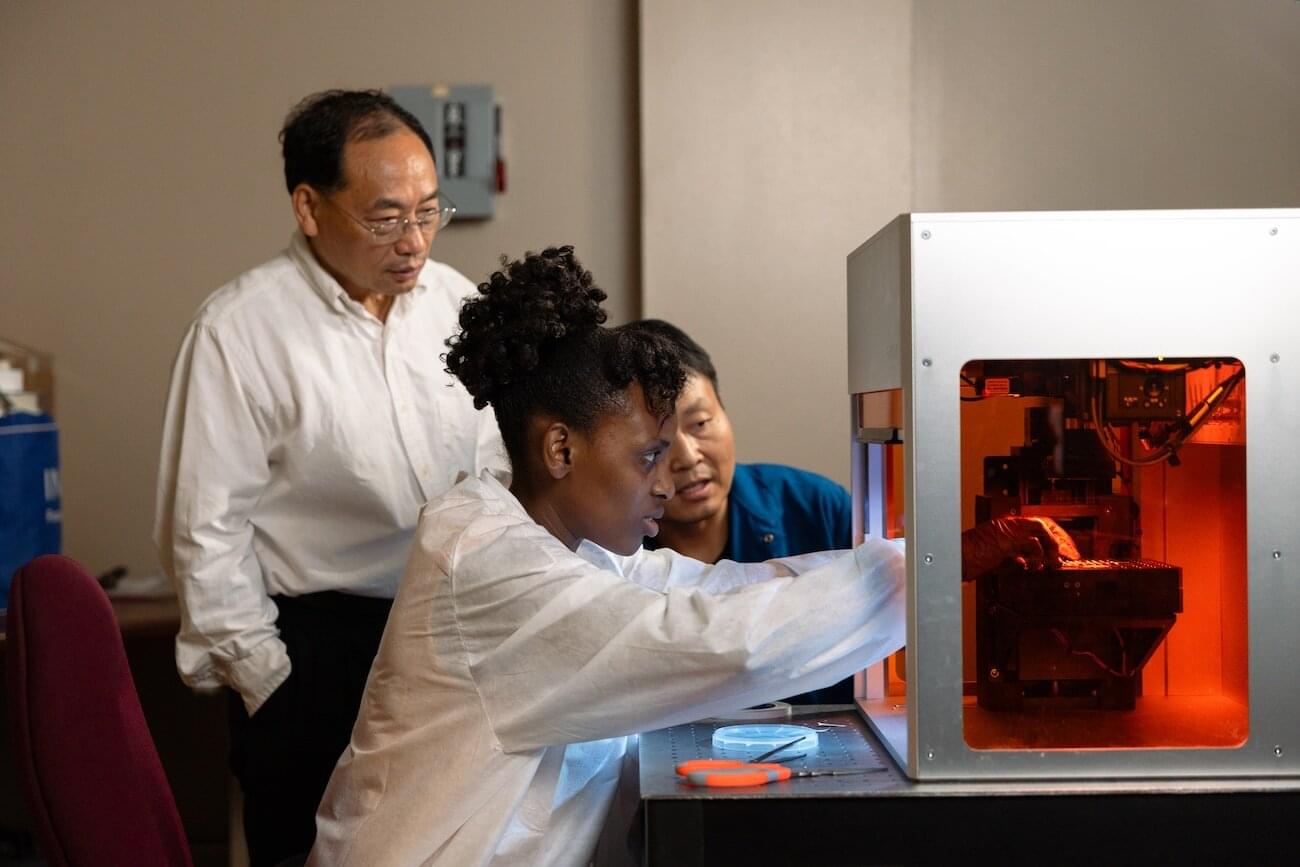Astronomers using the James Webb Space Telescope (JWST) have captured the most detailed look yet at how galaxies formed just a few hundred million years after the Big Bang—and found they were far more chaotic and messy than those we see today.
The team, led by researchers at the University of Cambridge, analyzed more than 250 young galaxies that existed when the universe was between 800 million and 1.5 billion years old. By studying the movement of gas within these galaxies, the researchers discovered that most were turbulent, “clumpy” systems that had not yet settled into smooth rotating disks like our own Milky Way.
Their findings, published in Monthly Notices of the Royal Astronomical Society, suggest that galaxies gradually became calmer and more ordered as the universe evolved. But in the early universe, star formation and gravitational instabilities stirred up so much turbulence that many galaxies struggled to settle.









